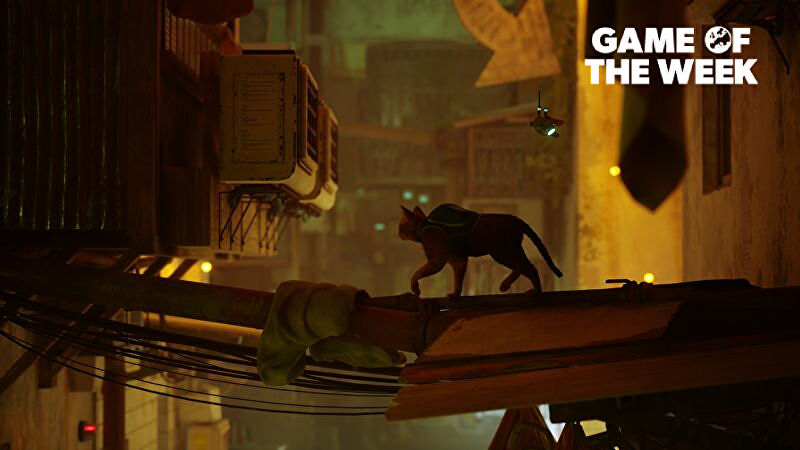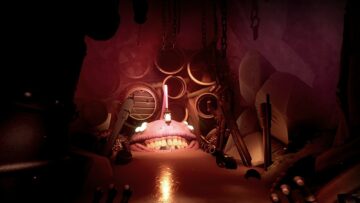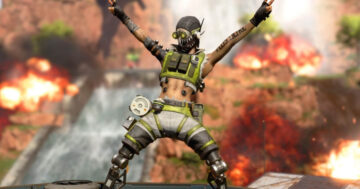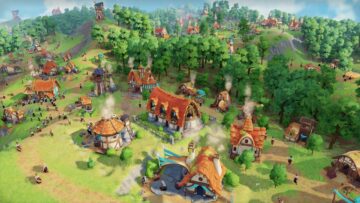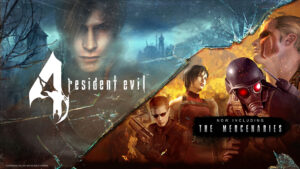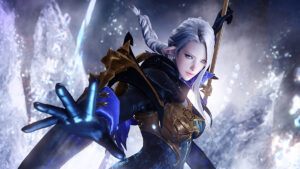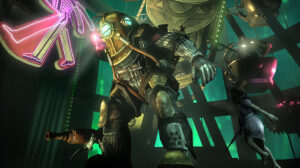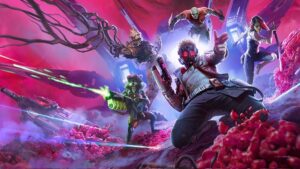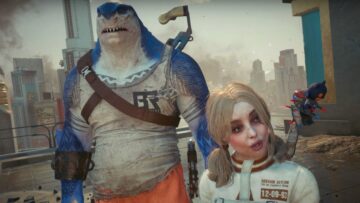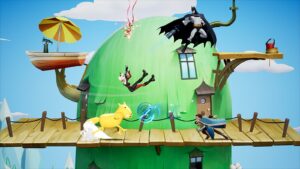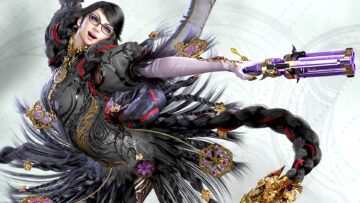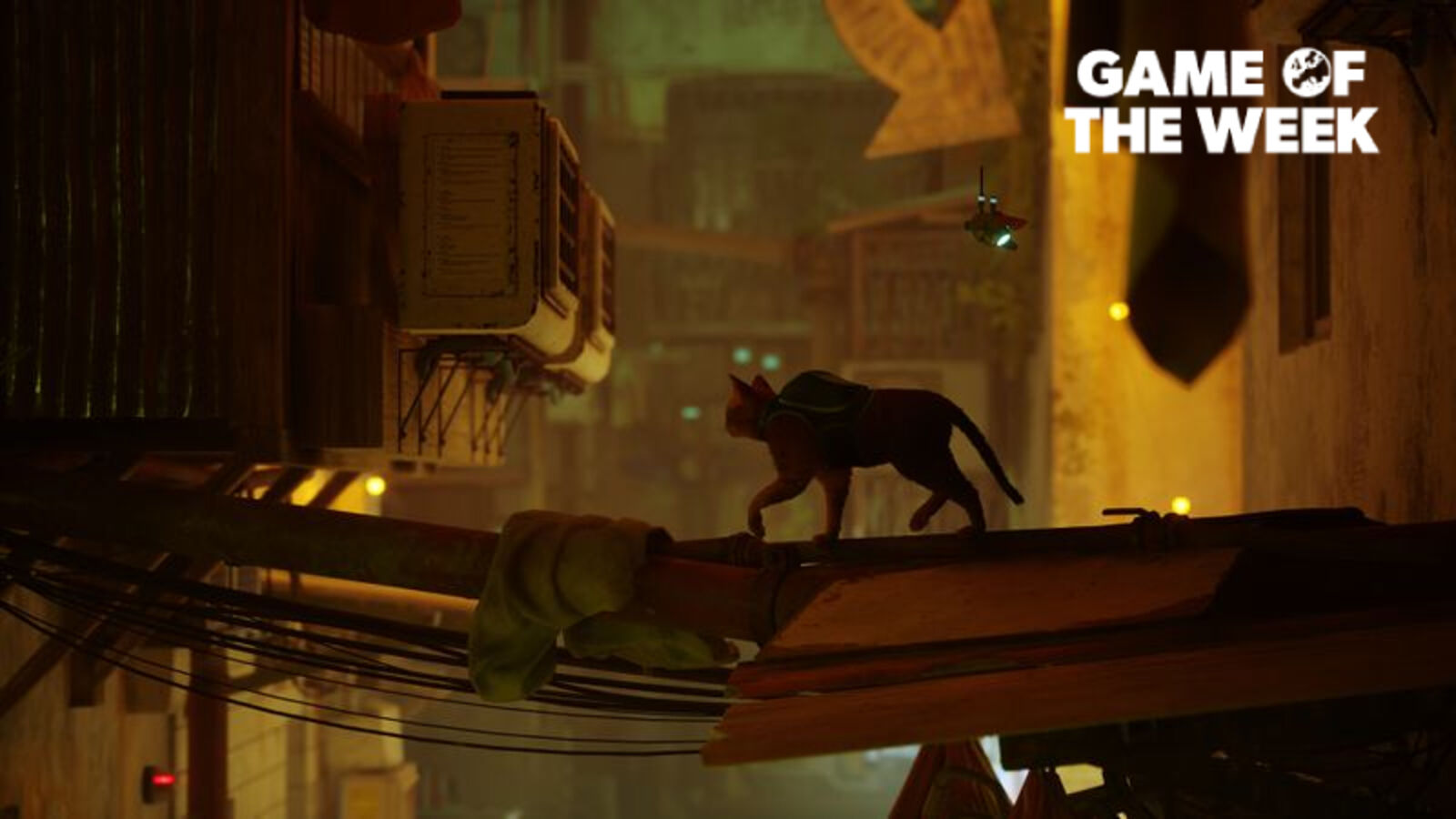
This piece originally went out to Eurogamer Supporters as part of the weekly Eurogamer Essentials newsletter which goes out every Friday to all members – head here if you’d like to find out how to support Eurogamer.
Almost as many years have passed since The Last Guardian’s release as there were in the wait for Fumito Ueda’s much-delayed masterpiece following its 2009 reveal, and the biggest surprise after all that time is how quickly it was forgotten. Perhaps the anticipation was much of the appeal for so many, or maybe video game audiences are fickle like that – fixating on something then tossing it aside with the indifference of a young cat presented with a new toy.
It’s a small shame, really, because while it might have been impossible for The Last Guardian to live up all that hype, it managed to live up to my own lofty expectations; chiefly that it would find its place in the lineage of Ueda’s previous games, matching the majesty and icy magic of Ico and Shadow of the Colossus. Somewhat spectacularly, it’s done more than that, and with six years of distance I’m fairly comfortable saying The Last Guardian is my favourite of the lot.
What The Last Guardian gave us above and beyond its predecessors was Trico – or catweagle, as it was once known around these parts – the tentative, insouciant half cat/half bat who captured everybody’s hearts. It’s that insouciance that made development so difficult, I gather, and I’ve always found it fascinating how the similarly-delayed BioShock Infinite also suffered from a hard to tame partner AI.
Whereas Elizabeth’s abilities as a companion were stripped back almost completely for BioShock Infinite’s final release, Trico’s difficulties and disobedience ended up giving The Last Guardian its exquisite flavour. It’s an acquired taste, and I can understand the frustrations some found with it all, but it gives the game a life all of its own. Peer into the deep, dark pools of Trico’s eyes and you’ll get a sense of interior life that’s absent in most other video game companions.
Stray’s path to release seems to have been a bit smoother than The Last Guardian’s, though it’s another game whose appeal rests on the blithe behaviours we all adore in cats. It helps that it’s an inversion of Fumito Ueda’s tricky adventure, placing you in the poised paws of its feline protagonist, though it still channels the same attributes that make The Last Guardian so relatable for anyone who’s shared a house with a cat friend.
It’s that inquisitiveness, served by an adventure that has you poking through the shadows of a cyberpunk city seen from a thrillingly low-down perspective; everything towers above you, a sense of verticality made all the more thrilling by the fact you can pounce gracefully from surface to surface as you move ever upwards. There’s that indifference, told here in your ability to meow your way through cutscenes or simply pause to indulge in a satisfying scratch of a carpet and stretch of the back.
Most importantly there’s that down-right dickishness, at least the way I play it, as you tip cans of paint off high-up ledges, scatter piles of books or crash through crowded desktops. Stray’s a simple adventure game that’s heightened by its feline attributes; a graceful game with poise, class and above all else a sense of character that makes it stand out not just as a game of the summer. It might lack some of the frictions that make The Last Guardian’s Trico so memorable, but that’s not going to stop it being one of 2022’s finest too.
To get Game of the Week directly into your inbox every Friday head over to sign up and become a Eurogamer Supporter.
- Action Adventure
- amazon prime gaming
- axie infinity
- Casino Games
- coingenius
- EA Sports
- Eurogamer
- Evil Geniuses
- Gaming
- gaming headset
- gaming pc
- madden nfl
- Nintendo
- Online casino games
- pc games
- plato
- plato ai
- plato data intelligence
- plato game
- plato gaming
- platodata
- platogaming
- playstation
- prime gaming
- ps4
- ps5
- Stray
- Team SoloMid
- xbox
- zephyrnet
